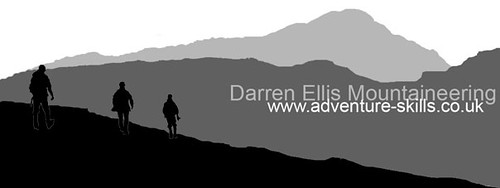So now I thought I would turn my attention to 'backwoods skills'. Backwoods skills (not to be confused with backwards skills which would be something else entirely) are those skills associated with living off of the land, not like the Good Life with an allotment and a compost heap, but making tools and gadgets out of sticks and stones using a knife and axe. it is what most people would think the quintessential image of the scout, making a chair out of some sticks and lighting a fire by rubbing 2 sticks together.
Backwoods cooking is then the art of cooking on an open fire without the aid of utensils, pots or pans, knowing how to cook without utensils, without pans, spoons, bowls or other usual kitchen implements. It involves cooking using sticks, rocks and the foodstuffs themselves as the utensils. It takes a certain amount of knowledge then a lot of inventive thinking to create menus which you can cook using only the utensils nature provides.
Backwoods skills are growing in popularity not least because of TV shows by the likes of Ray Mears and Bear Grylls but they have been taught in Scouting since the beginning, in fact they are a large part of the original handbook; Scouting For Boys by Baden-Powell himself. The Scout motto 'be prepared' is a very good maxim for Backwoods activities.
Courses teaching backwoods skills like those offered by Darren Ellis Mountaineering teach tried and tested techniques handed down over generations and we try to emphasise and encourage the adaption of these skills and of prior knowledge to overcome problems that arise.
Areas covered in our courses include:
- Lighting fires without matches or lighters.
- Collecting & preparing fuel, identifying different types of wood and their respective benefits.
- Cooking on open fires.
- Cooking without the aid of utensils.
- Building shelters.
- Making simple rope and containers.
- Use of knives and axes.
- Wood crafting.
- Finding directions
- Camp siting
- Wildlife
Check out our website for courses or get in touch to organise your own course.
Darren Ellis

No comments:
Post a Comment